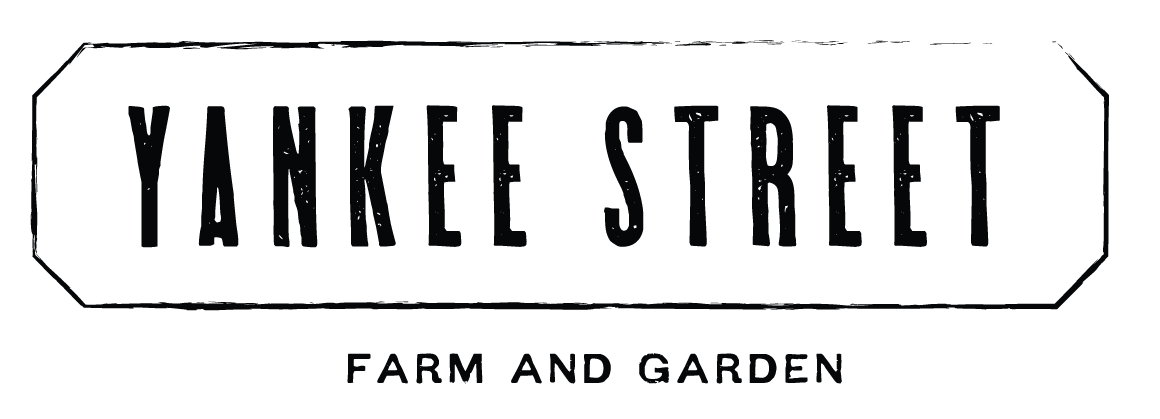Nasturtium
There’s something new in your crates this week - Nasturtiums! All parts of the nasturtium plant are edible: flowers, leaves, stems, and young seed pods and all have a distinct peppery flavor like a radish. Seeds are strongest and flowers are the lightest. Great in green salads.
The leaves are high in vitamin C (supports a strong immune system), iron and other minerals and the flowers are plentiful in vitamins B1, B2, B3 and C and also contain manganese, iron, phosphorus and calcium. The leaves and petals of nasturtium are extremely nutritious as they contain vitamin C and iron. The leaves also have antibiotic properties which are at their most effective just before the plant flowers.
The garden nasturtium (Tropaeolum majus L.) belongs to the family Tropaeolaceae. Native to South America it was brought to Europe in XVI century. It is a plant with numerous healing properties. Medicinal plants such as the garden nasturtium contain trace elements and bioactive compounds which can be easily absorbed by the human body. The flowers and other parts of the garden nasturtium are a good source of micro elements such as potassium, phosphorus, calcium and magnesium, and macro elements, especially of zinc, copper and iron. The essential oil, the extract from the flowers and leaves, and the compounds isolated from these elements have antimicrobial, antifungal, hypotensive, expectorant and anticancer effects. Antioxidant activity of extracts from garden nasturtium is an effect of its high content of compounds such as anthocyanins, polyphenols and vitamin C. Due to its rich phytochemical content and unique elemental composition, the garden nasturtium may be used in the treatment of many diseases for example the illnesses of the respiratory and digestive systems. High content of erucic acid in nasturtium seeds makes it possible to use its oil as treatment in adrenoleukodystrophy. It is also applied in dermatology because it improves the condition of skin and hair. More recently, the flowers of this species have been used as a decorative and edible element of some types of dishes.
National Center for Biotechnology Information

